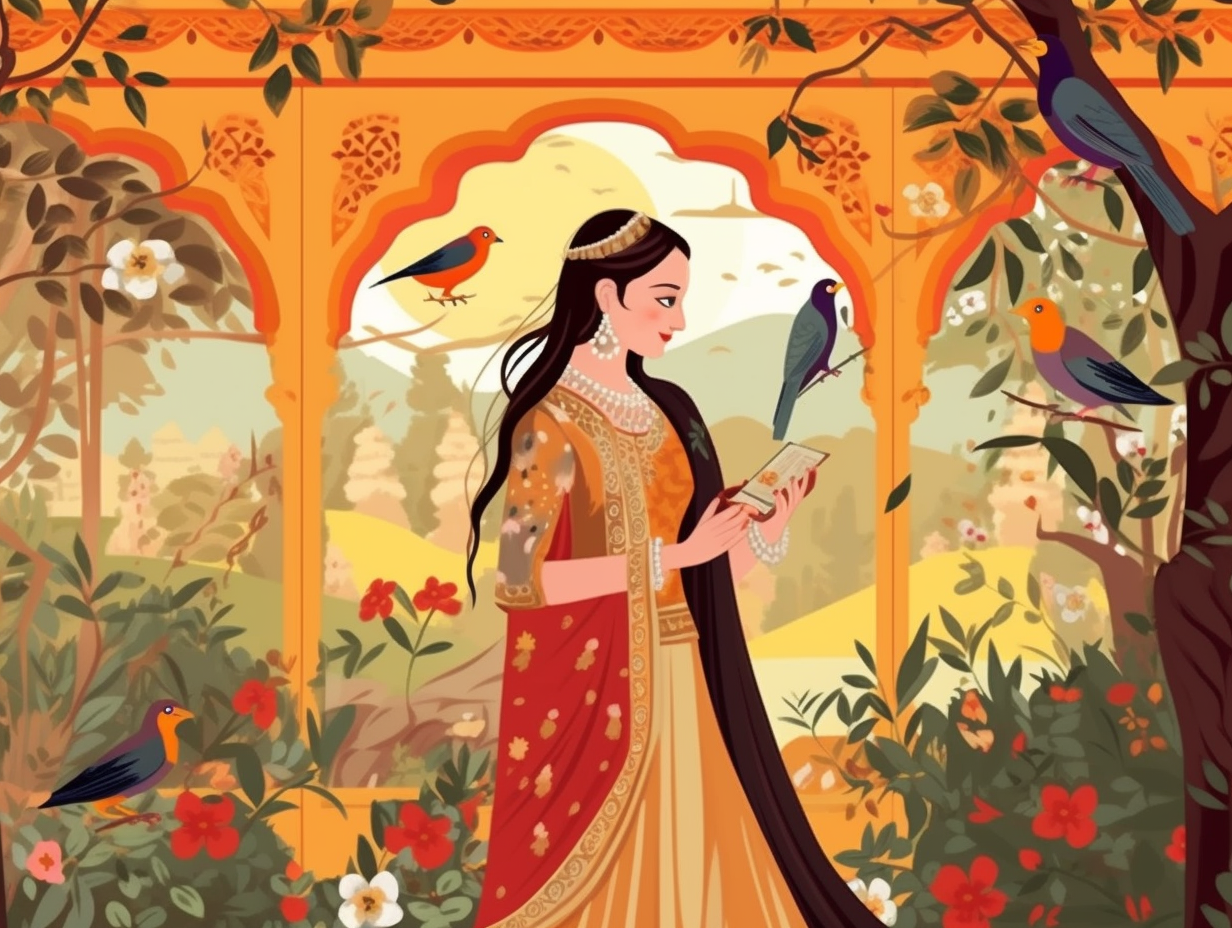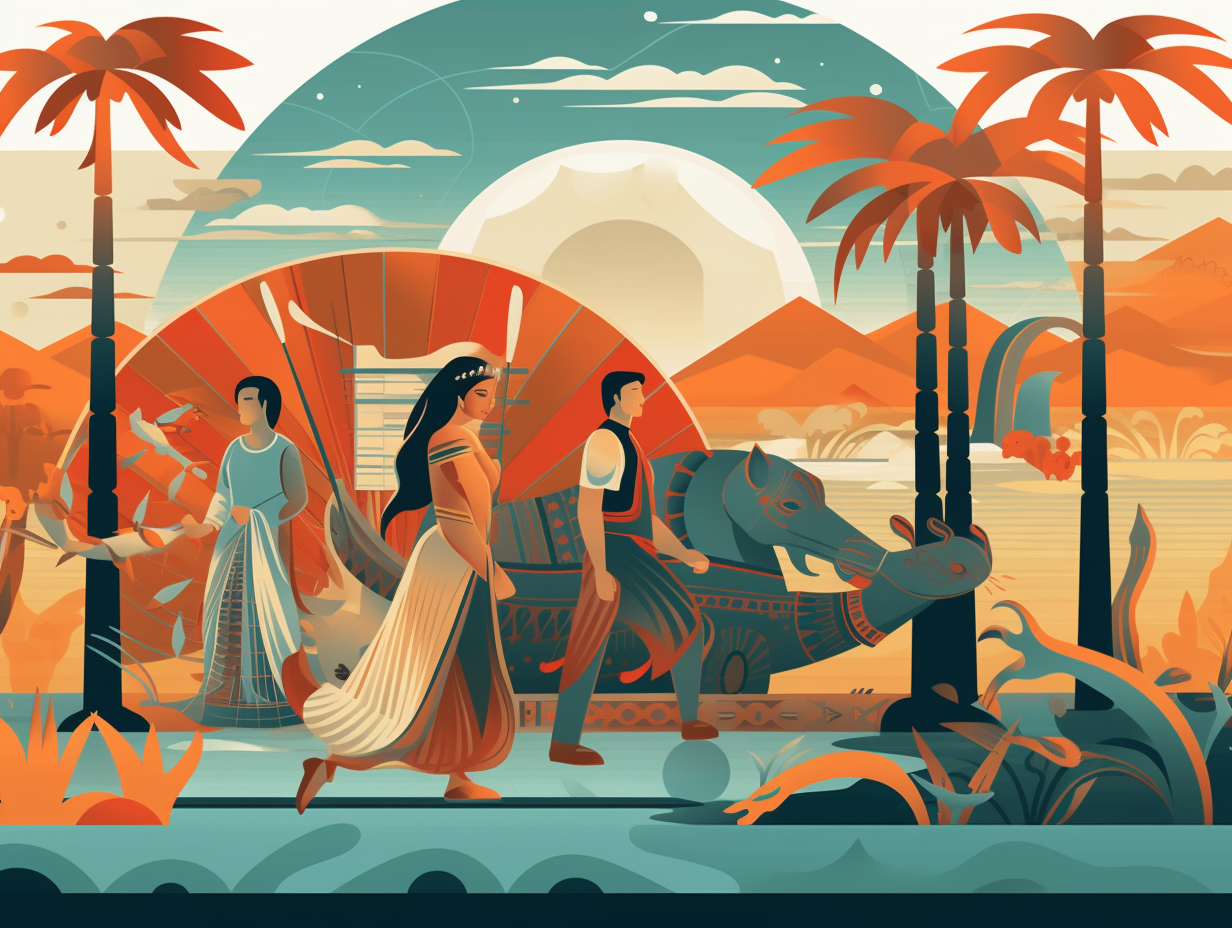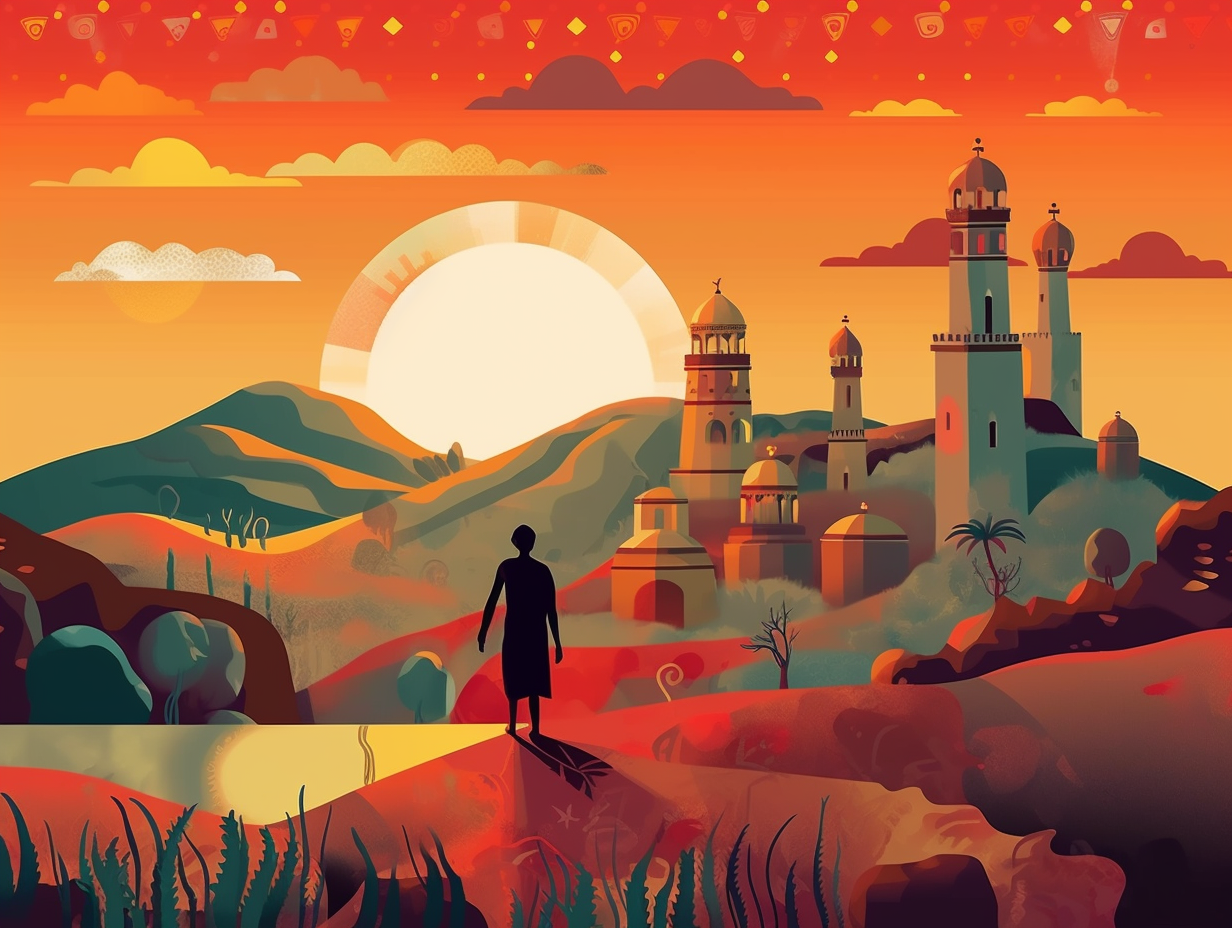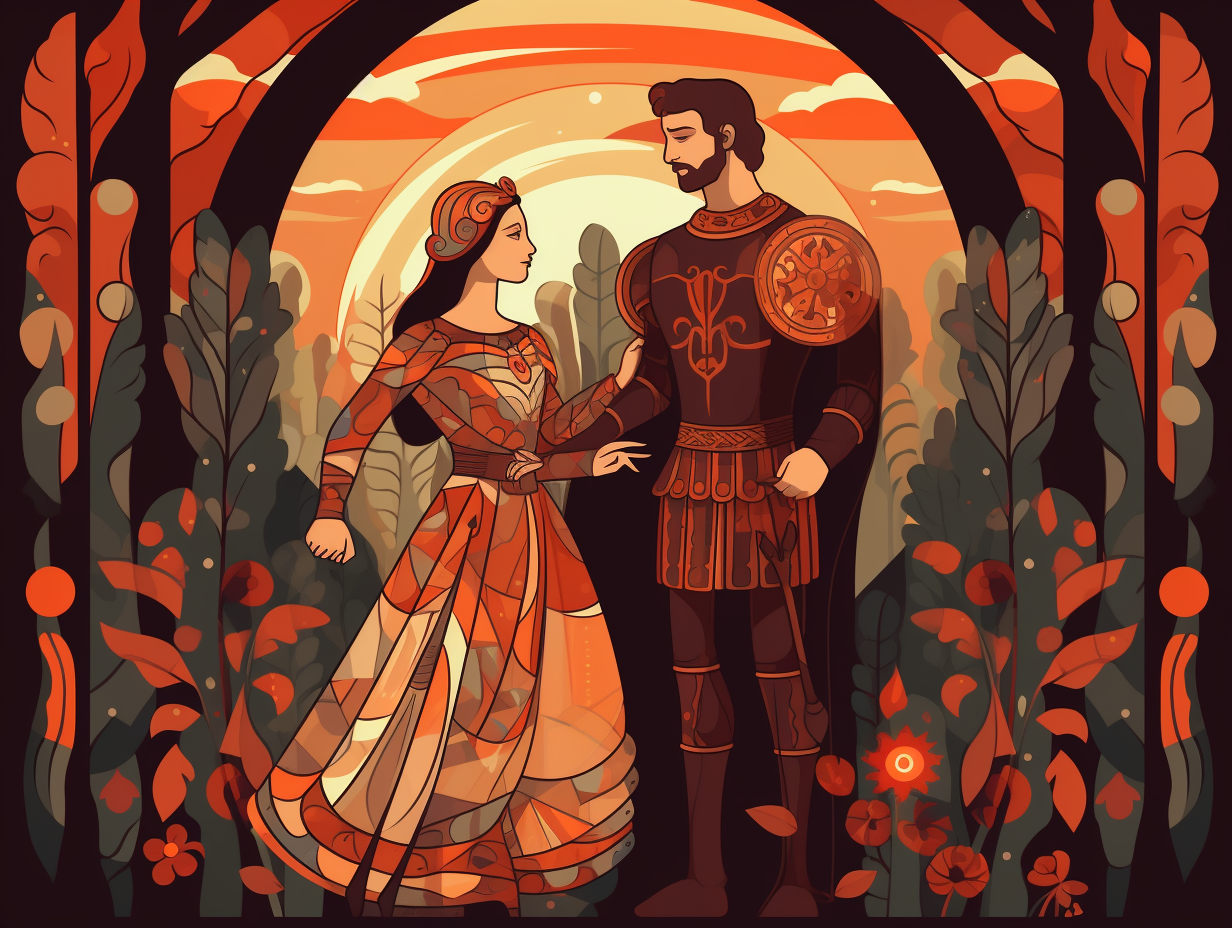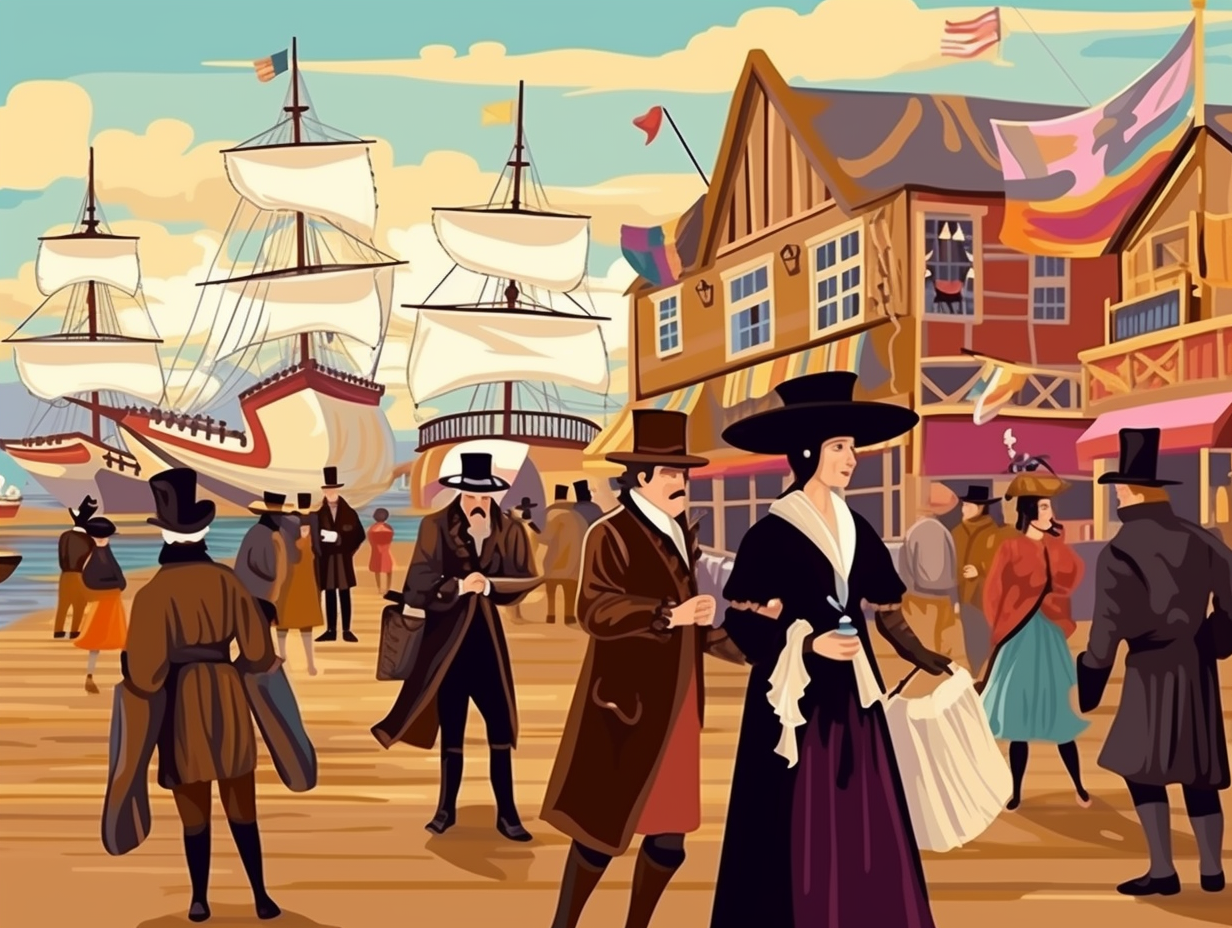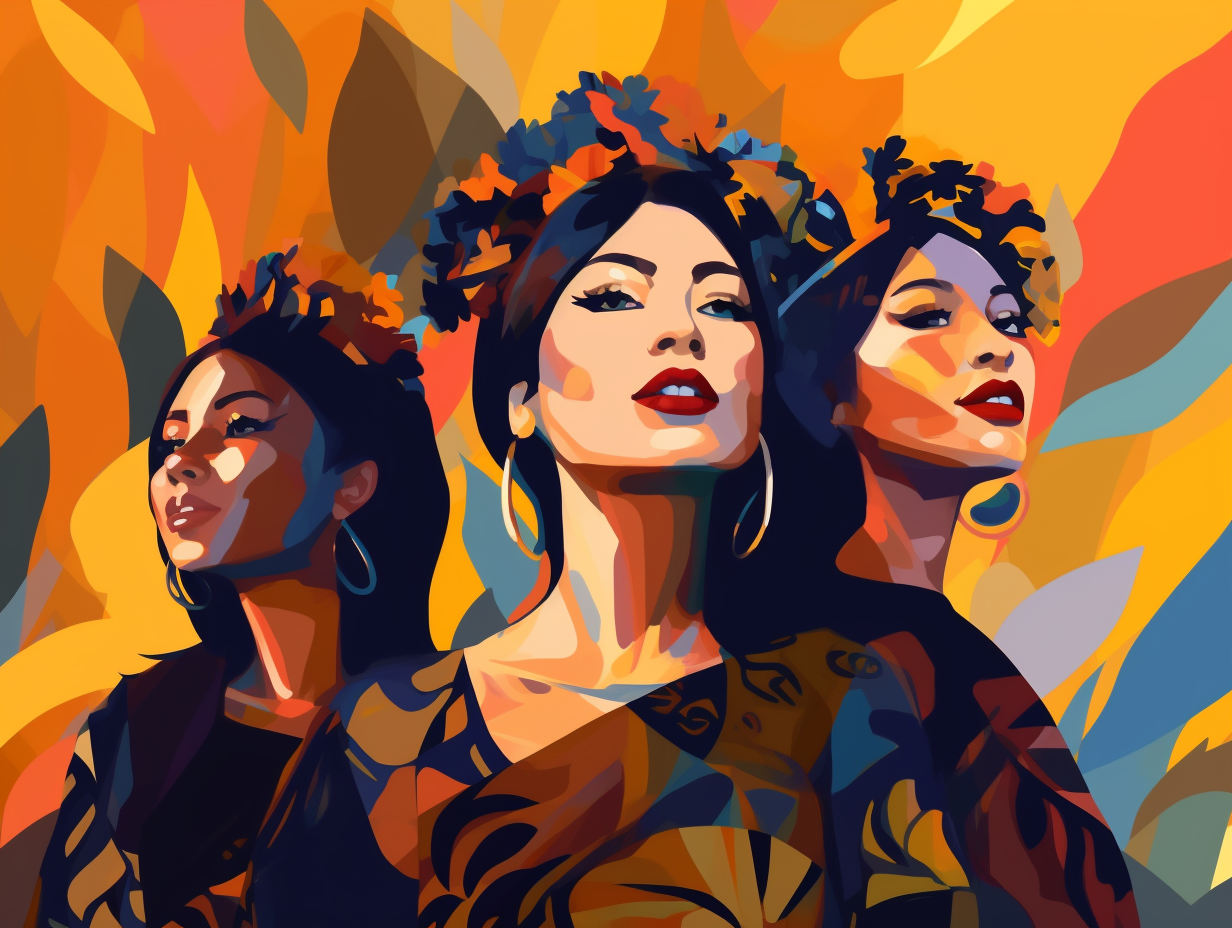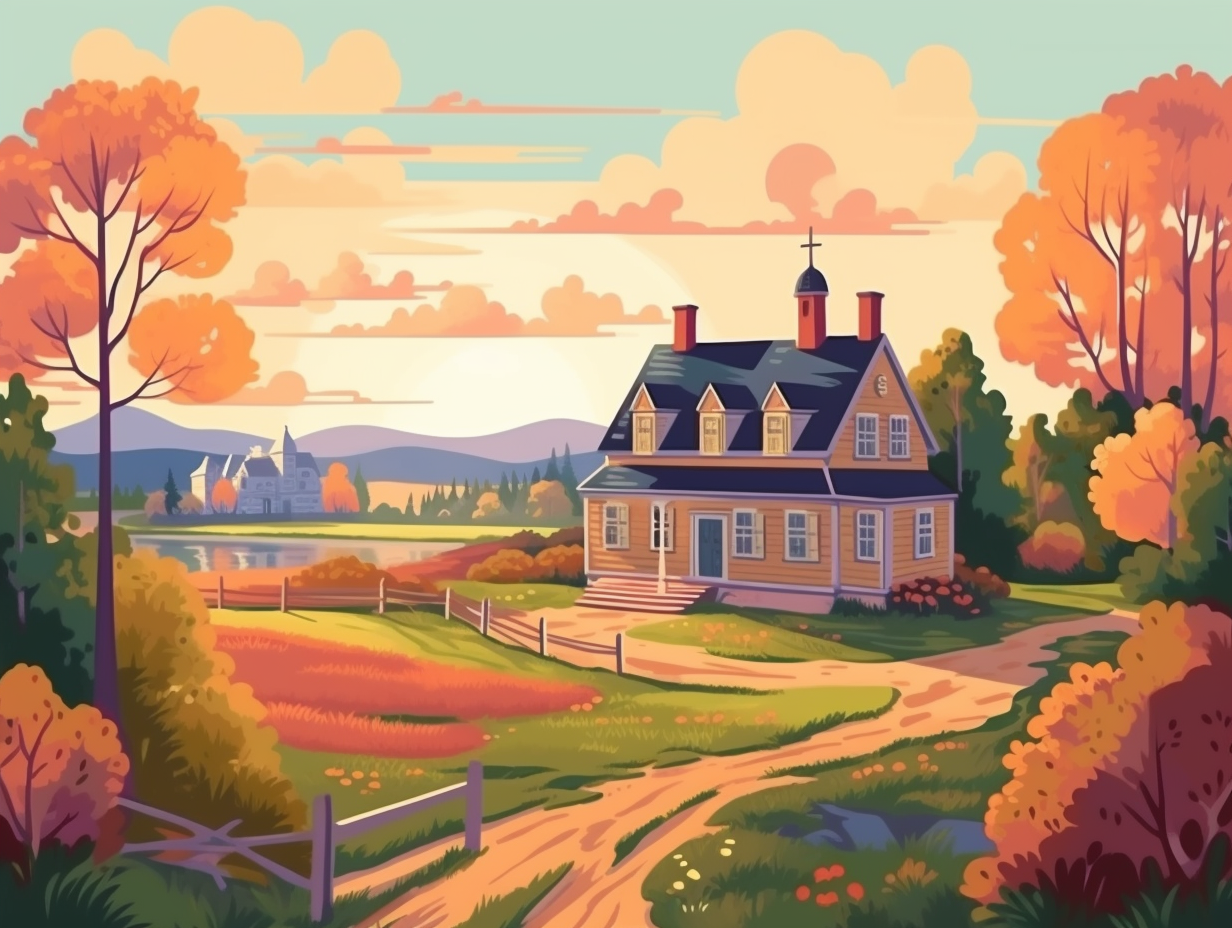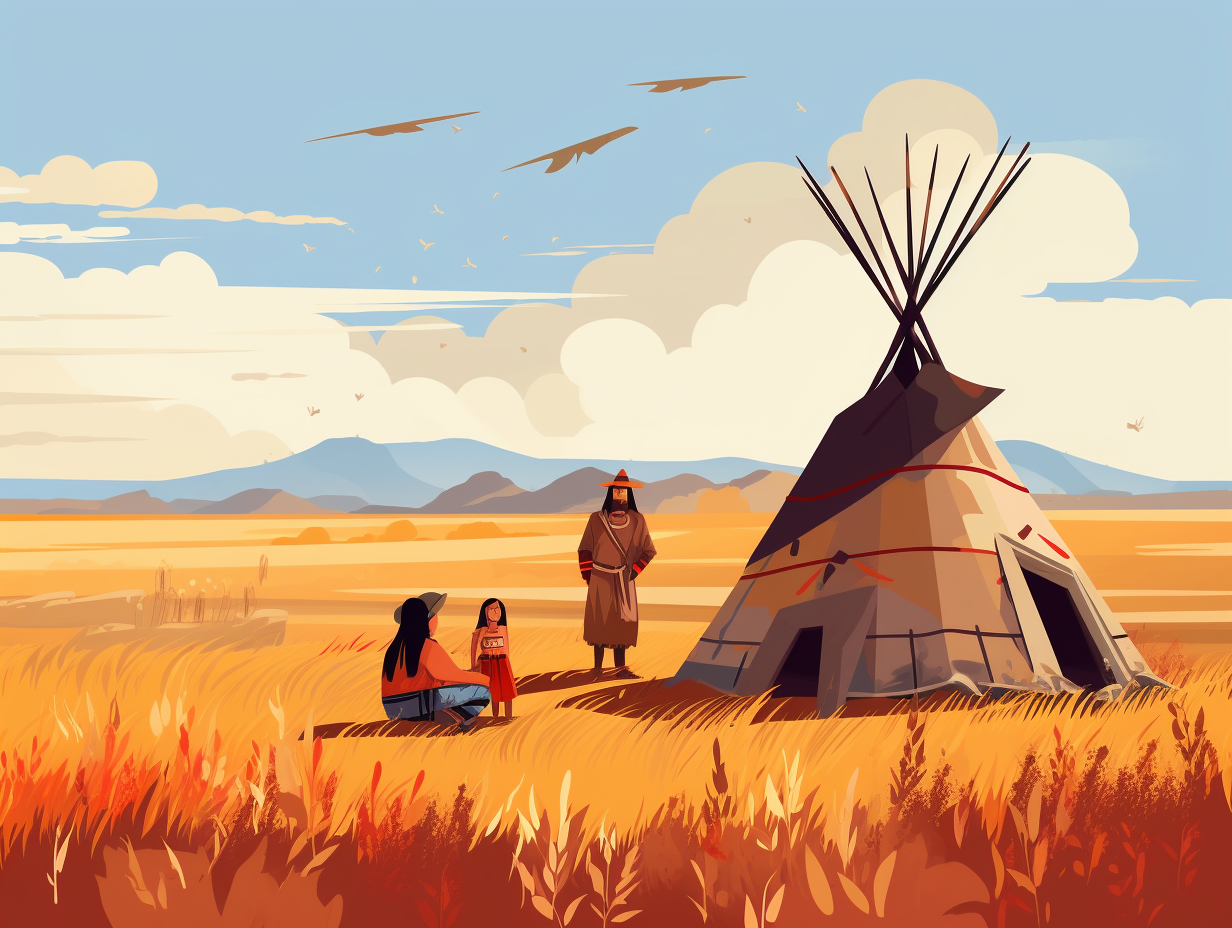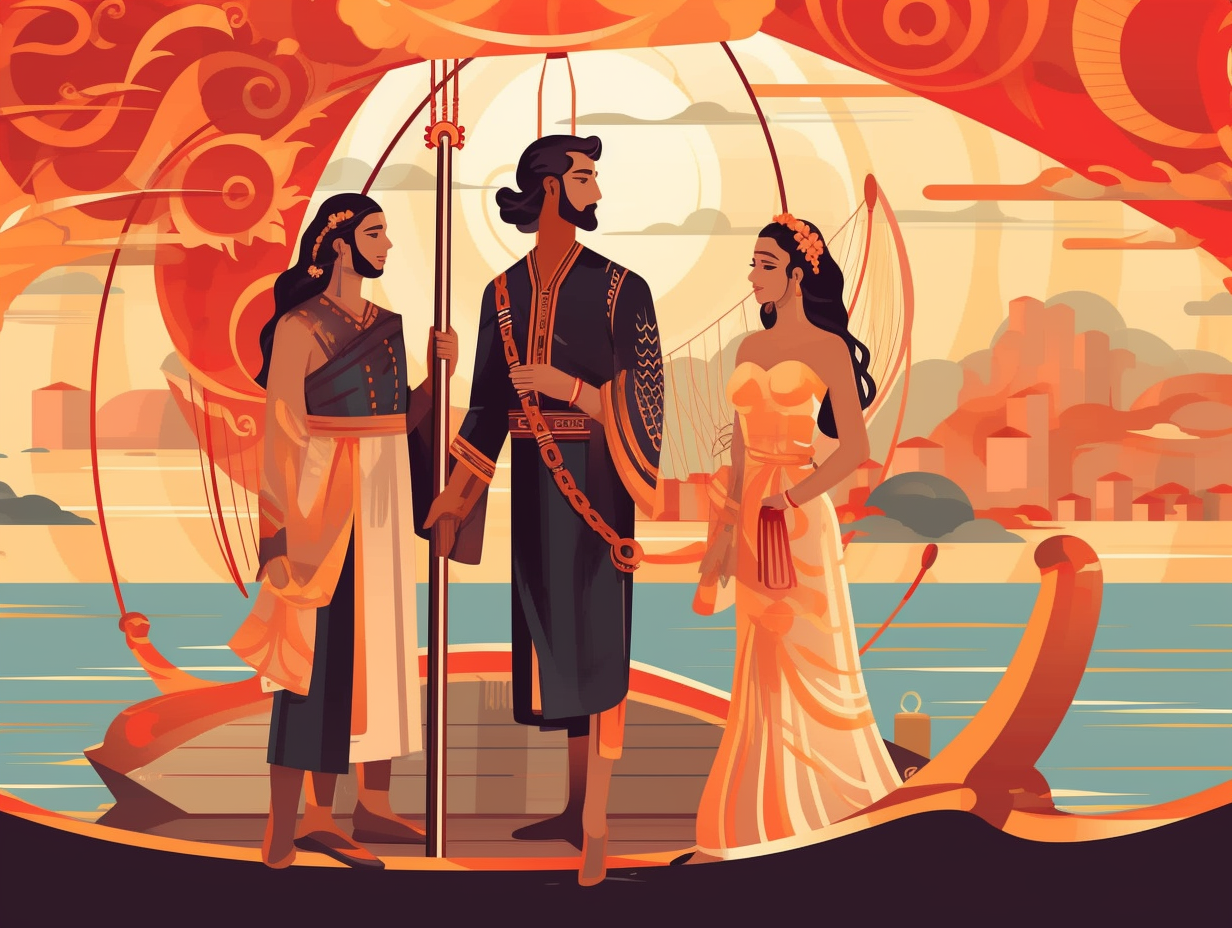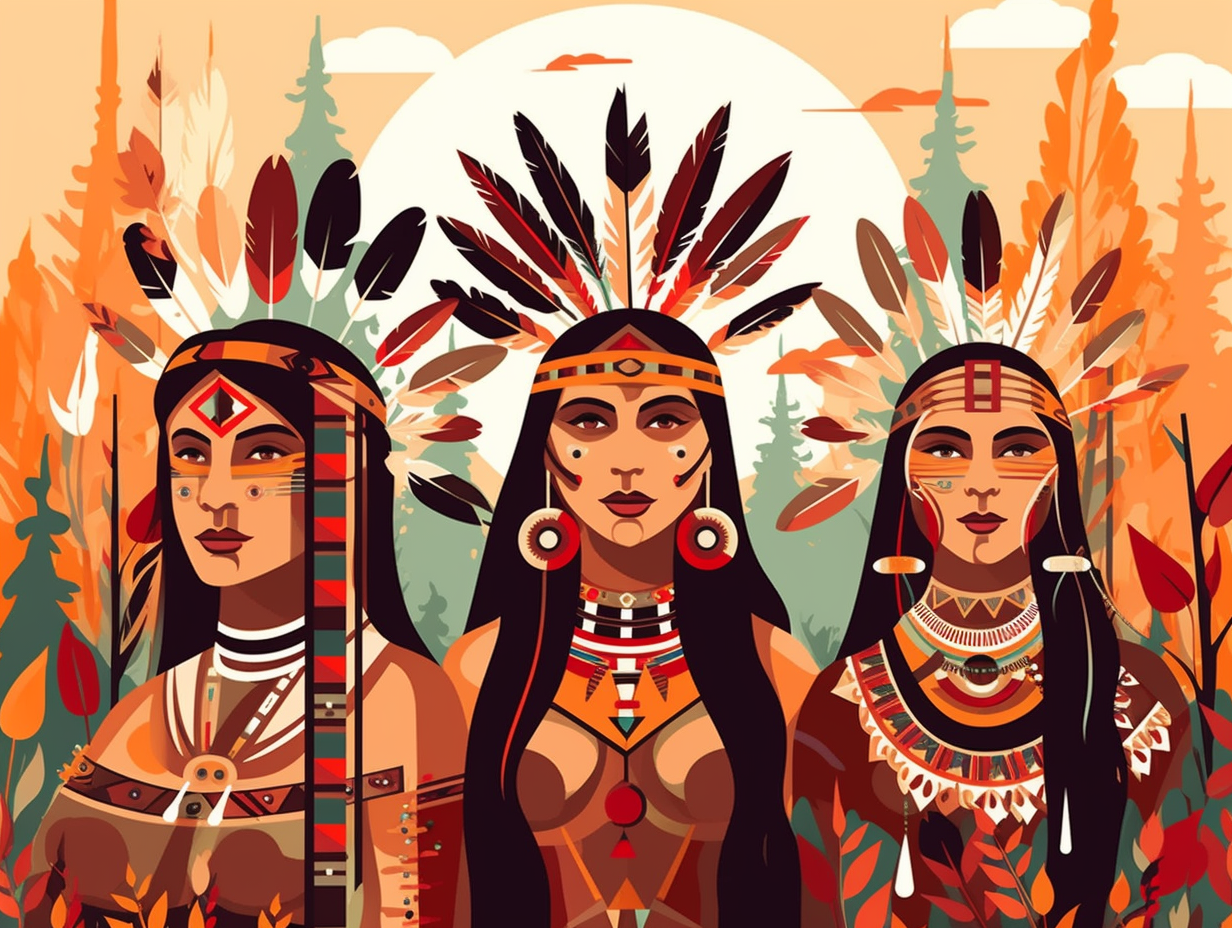Discover the Top 12 Fun Facts About the Silk Road: Unraveling the Secrets of an Ancient Trading Route
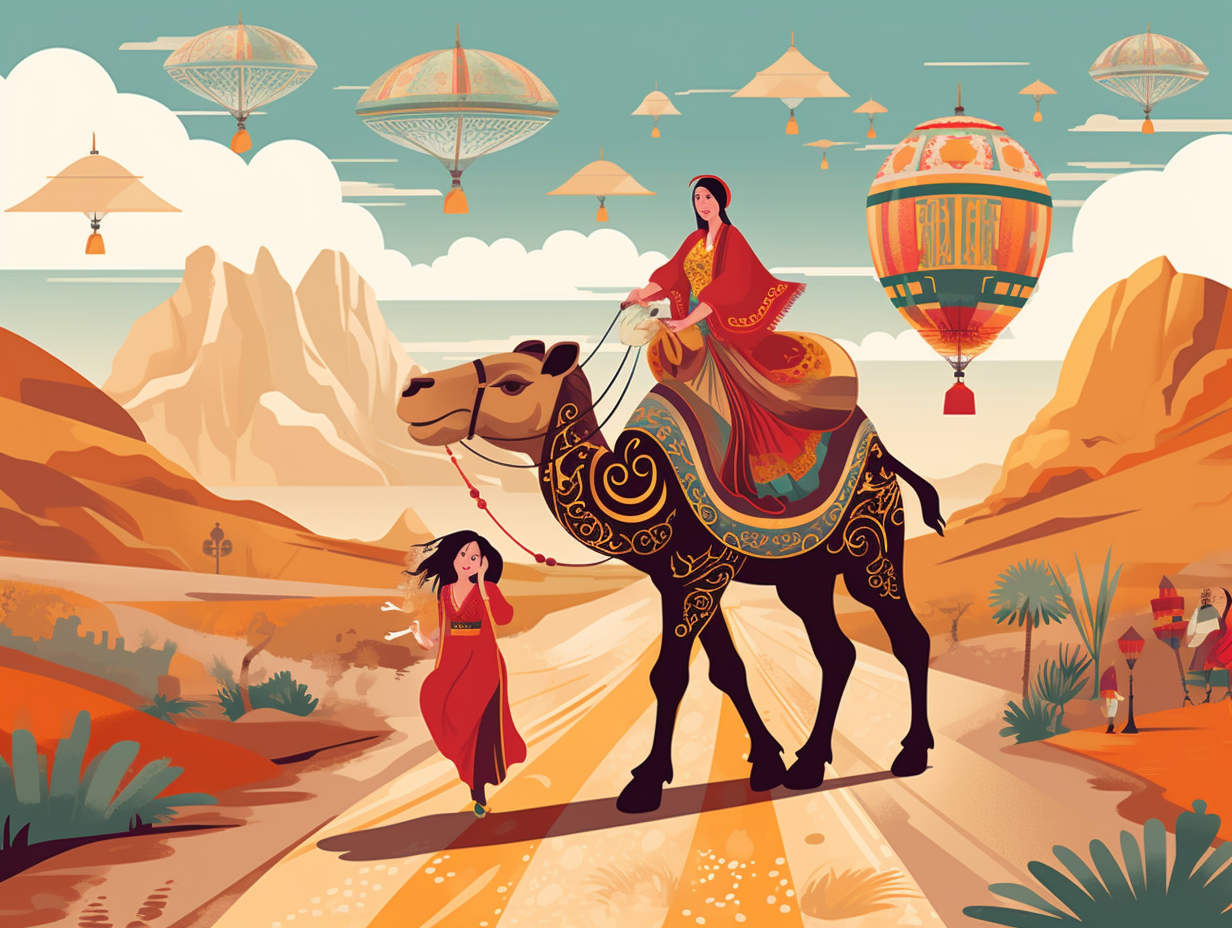
1. Silk Road: Ancient Multicultural Melting Pot
Who knew the Silk Road was like an ancient multicultural melting pot: a bazaar of bustling minds where traders didn't just swap luxurious silk, but ideas, religion, and innovative techniques, coating the world with a rich tapestry of progress and cultural exchange!
Source => nationalgeographic.org
2. Spiritual Speed Dating on the Silk Road
Who said the Silk Road was all about trade and no play? This ancient highway was a hot spot for cosmopolitan spiritual speed dating: As merchants swapped silk and spices, they also spread religious beliefs like butter on toast. Buddhism boogied its way through the route, with temples popping up like mushrooms in the rain, while Christianity cha-cha-cha'd into China as Nestorianism in the 7th century. And lest we forget, Islam also found its groove, spreading peace, love, and conversions from east to west. So next time you think of the Silk Road, remember: it wasn't just the original Amazon, it was a spiritual cultural kaleidoscope too!
Source => asiasociety.org

Did you know that blue-and-white porcelain from China's Yuan Dynasty was a highly valued trade item? Discover how Jingdezhen became the center of porcelain production and its unique connection to the Near East.
=> Fun Facts about The-Yuan-Dynasty
3. Monks: The Original Networkers
It seems the ancient monks nailed the ultimate networking strategy before LinkedIn even existed: roam the path less traveled and make lifetime friendships! Serious reveal: Buddhism became a major export along the Silk Road, with monks and pilgrims journeying the trade route, spreading their beliefs and teachings throughout Asia.
Source => festival.si.edu
4. Snazzy Animals and Exotic Goods Galore
Whoever said, "You can't teach an old dog new tricks" didn't know much about the ancient Silk Road: it wasn't just one path for old dogs and new, but a fascinating web of land and sea routes connecting China, the Middle East, the Mediterranean, and Europe, responsible for more than just silk trade, but also the exchange of porcelain, spices, beads, gems, textiles and even snazzy animals like giraffes and ostriches for over 15 centuries.
Source => factsanddetails.com
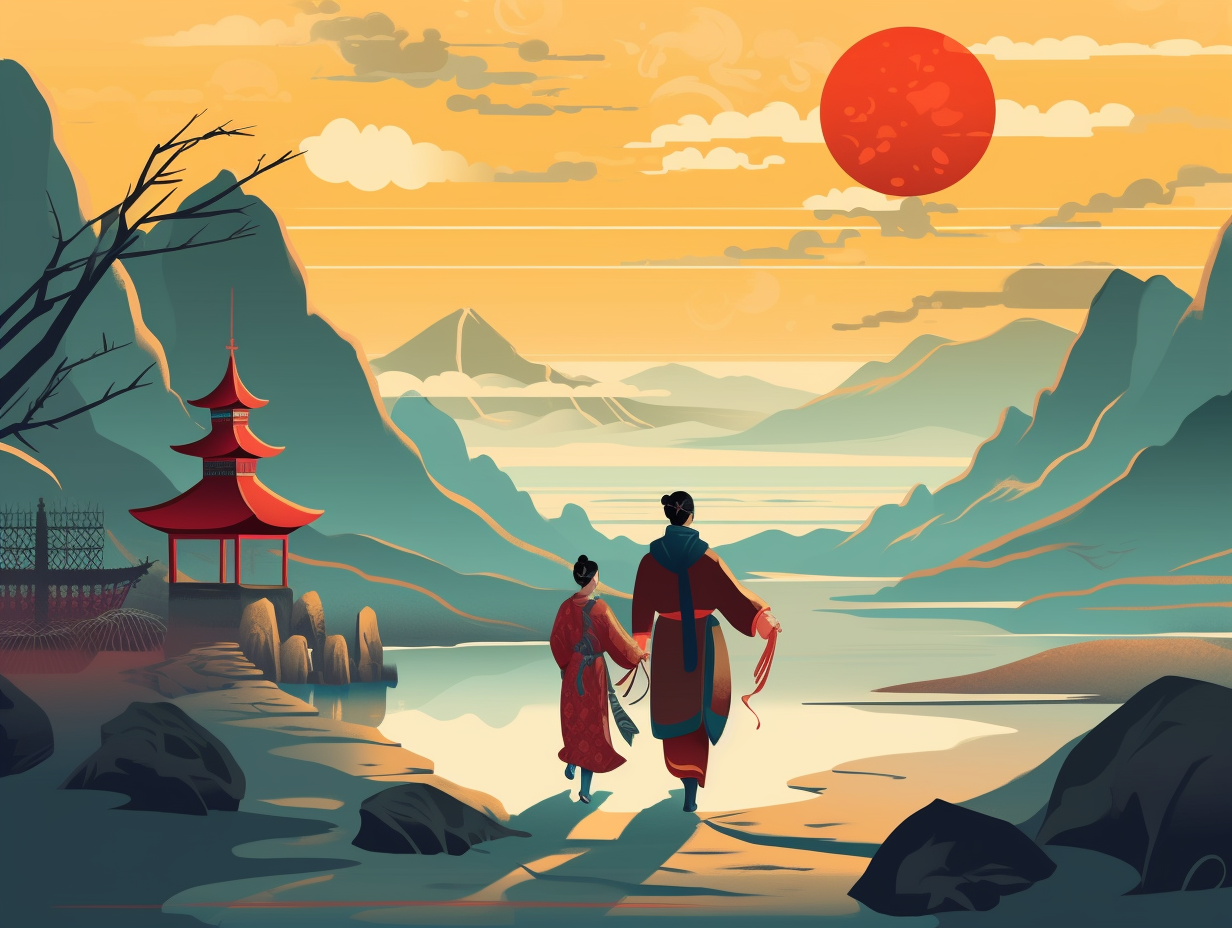
5. Smuggling Silk Secrets via Bamboo Sticks
Remember the classic game of "telephone" played in ancient times? Well, some sneaky Byzantine monks took it to a whole new level – using bamboo sticks instead of tin cans: They smuggled silkworm eggs out of China by hiding them in their walking sticks, ultimately spilling the beans (or worms) on silk production secrets and breaking China's monopoly on the industry. Just imagine if they'd been caught – it'd be a game of "execution telephone" instead!
Source => stowawaymag.byu.edu
6. Pathway of Plagues, No GPS Needed
Who needs a GPS when you've got the Silk Road: a trusty highway not just for exotic goods, but for diseases too – including the notorious bubonic plague, which not only made its way across continents during the 14th century, but decided to hang out in Europe for a few more centuries before hitchhiking back to Asia and wreaking havoc there as well.
Source => science.org
7. Artistic Yellow Brick Road
Who needs a GPS when you've got an ancient art guide? The Silk Road doubled as an artistic Yellow Brick Road of sorts: It was a monumental crossroads for the transmission of religious art, advanced techniques in sculpture, painting, textiles, and ceramics, and even got the blue-and-white porcelain industry rolling in China with cobalt-infused pebbles.
Source => asiasociety.org
8. Marco Polo: Kublai Khan's BFF
Before "Polo" meant collared-shirts on a yacht or a sport involving horses and mallets, there was Marco gallivanting across Asia with his fam, winning the ultimate game of "Who's Met Kublai Khan?": As detailed in his book "The Travels of Marco Polo," Marco spent 24 years traversing the Silk Road alongside his father and uncle, rubbing shoulders with the Mongolian ruler himself. This best-seller became the 13th-century's must-read Pinterest guide for future explorers like Christopher Columbus.
Source => silk-road.com
9. Major Religions Stroll the Silk Road
Forget Buddhism, Christianity and Islam walk into a bar – they cruise along the Silk Road instead: This ancient trade route didn't just boost commerce; it also became a bustling hub for the spread of major religions like Buddhism from India to central Asia, Mongolia, and China, while Christianity and Islam gained traction through trade, pilgrimage, and conquest. The Silk Road's religious and cultural influences can still be seen along its legendary path today!
Source => en.unesco.org
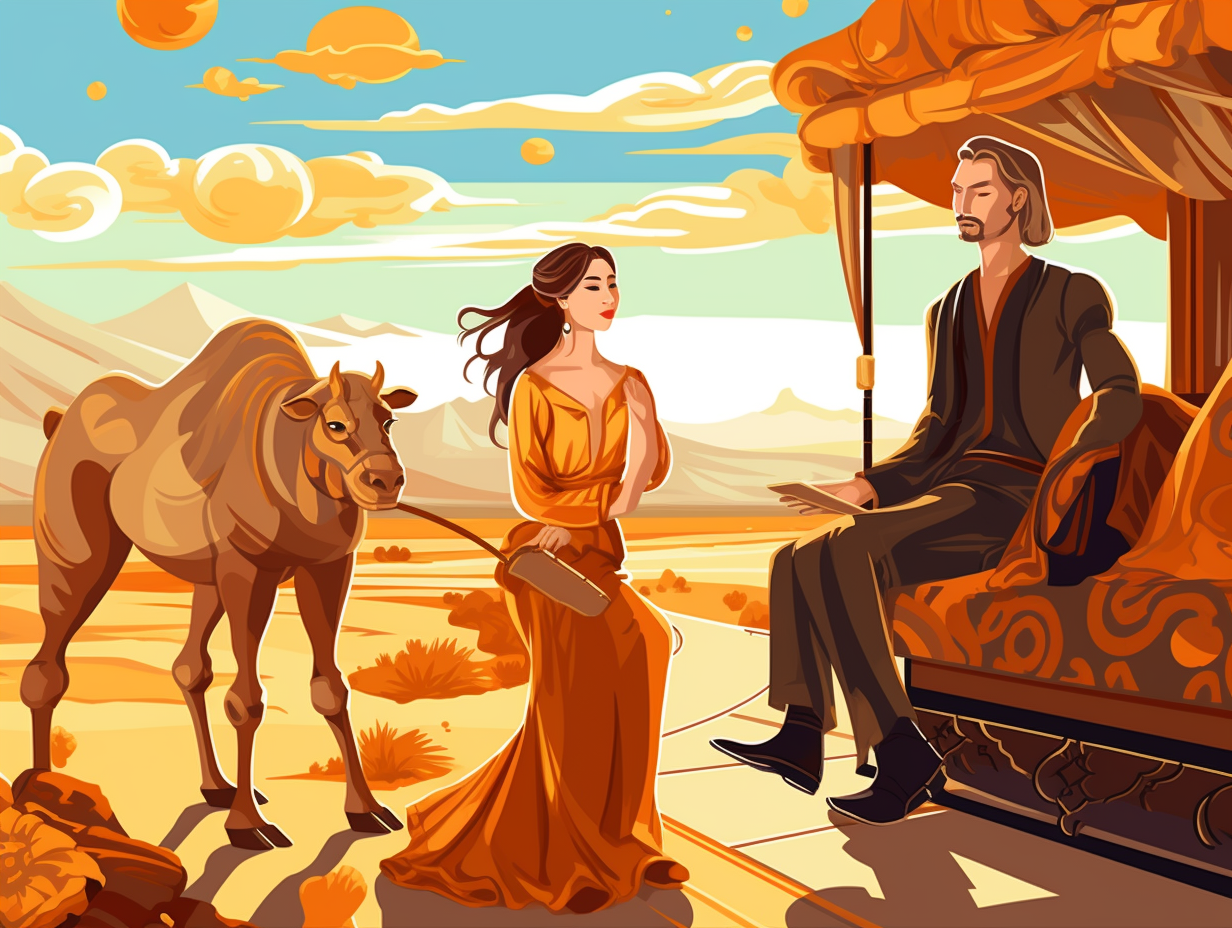
10. Ancient Foodie Network: Silk RoadDash
Before Grubhub and DoorDash, there was Silk RoadDash: an ancient "foodie" network that brought the world the likes of noodles, pilaf, and dumplings, one camel ride at a time! In all seriousness: the Silk Road did play a pivotal role in spreading various ingredients, dishes, and cooking techniques among ancient civilizations, leaving a lasting culinary impression that can still be appreciated in today's global cuisine.
Source => festival.si.edu
11. Bedazzled Horses for Wealthy Merchants
Who needs a knight in shining armor when you can have a wealthy merchant on a bedazzled horse? Glitzy saddles and dazzling decorations were all the rage for well-off traders and royal envoys strutting their stuff along the Silk Road: However, you wouldn't find these high-maintenance stallions among the regular camel caravans, as horses were simply too costly and difficult to accommodate on the long, fancy-feast-less journey.
Source => historyshistories.com
12. Sogdians: Multilingual Maestros of the Silk Road
Ever heard of ancient multilingual maestros who ruled the Silk Road's social circuit? Yup, they were the original "talk-enistas" of their time: The Sogdians, hailing from present-day Uzbekistan and Tajikistan, were not only well-versed in their own language, Sogdian, but also spoke multiple languages as they played key roles in trade, diplomacy, and transmission of religious ideas along the illustrious Silk Road.
Source => sogdians.si.edu
Related Fun Facts

